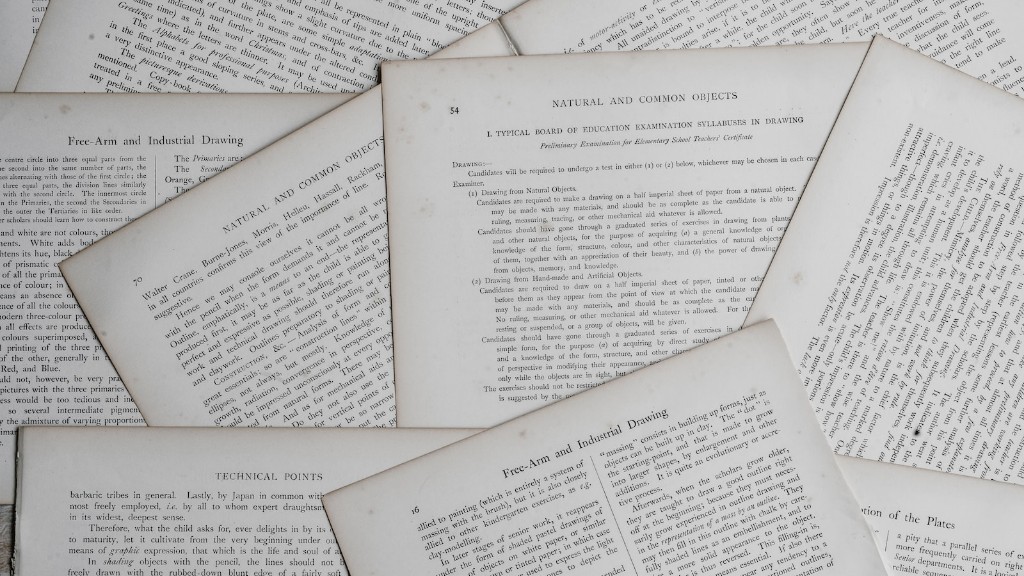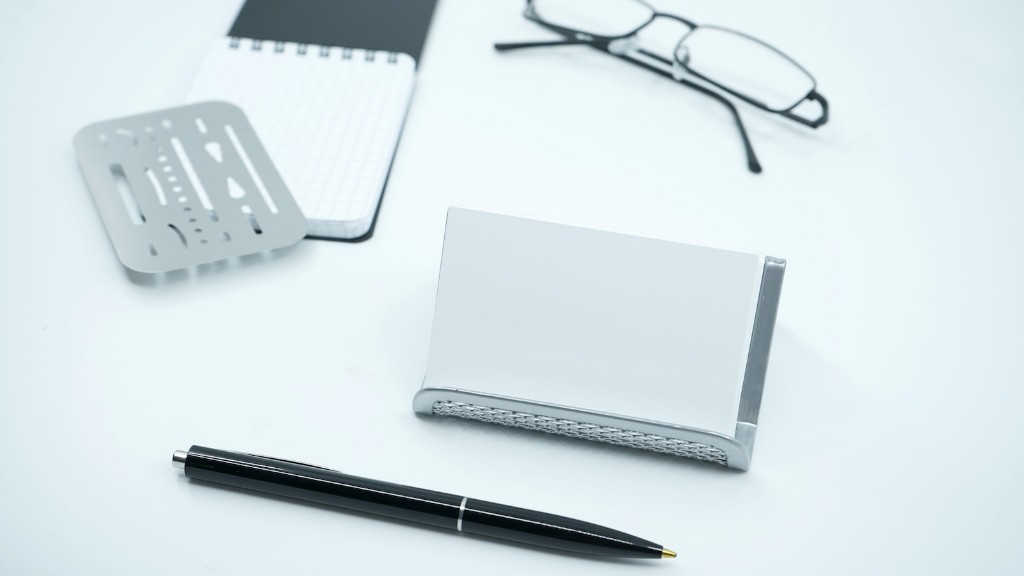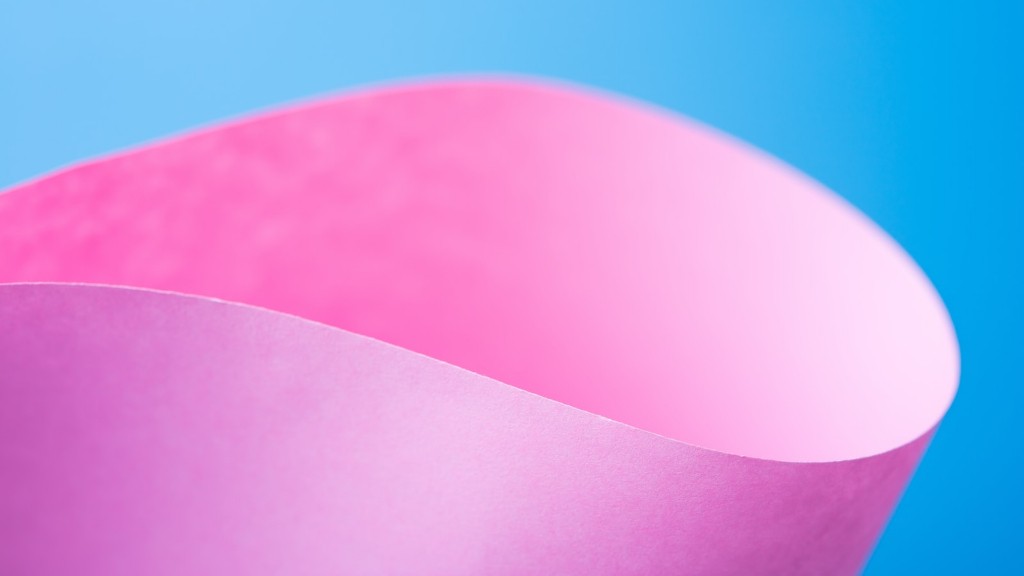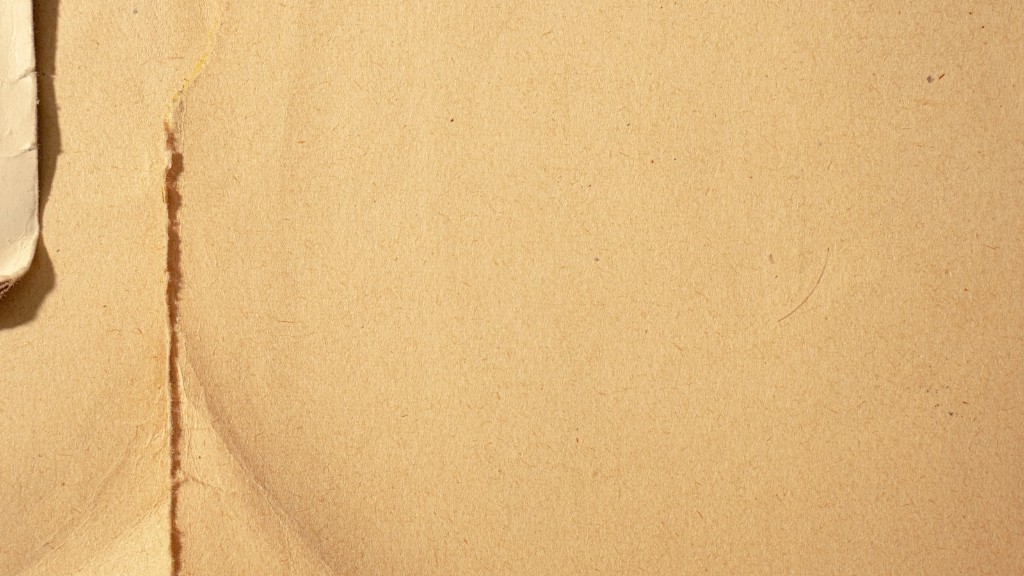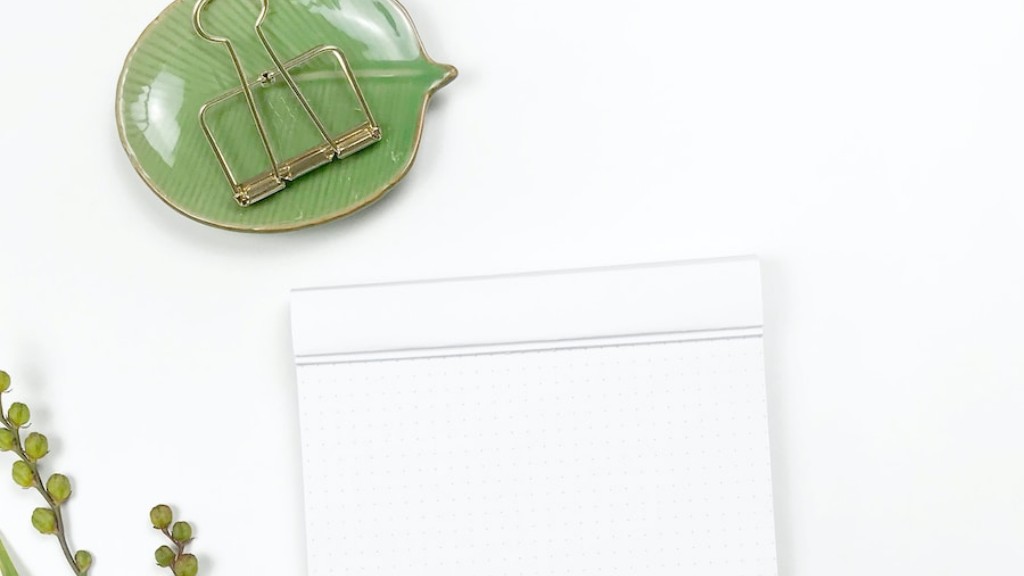Archival matte paper is a superior printing material used for producing art prints. It is made with a cocoon of high quality cotton and a clay coating layer with a matte finish.This type of paper is ideal for limited edition, open edition and giclée prints. Giclée prints are museum quality prints that are commonly used in fine art galleries.The material is acid-free and has been manufactured with lignin-free and OBA-free processes. This ensures that the prints maintain their vibrancy, clarity and detail for decades.
As a result of the high quality, archival grade papers are ideal for reproducing artworks, photographs, illustrative art, and typography designs. These papers can be used with both dye-based and pigment-based inkjet printers. Dye-based inks offer greater colour saturation but have a shorter archival life span than pigment-based inks. Pigment-based inks produce superior detail in the highlight and shadow areas, especially when printing with matte coatings.
Archival matte paper has a quite different look from gloss or semi-gloss papers. Gloss papers are usually used for photographic images, while matte papers are chosen for fine art prints. This type of paper has a subtle texture which gives prints a classic, art museum look. In comparison to gloss or luster finish, matte paper offers less glare and reflection, which makes viewing prints from any angle easier.
Artists and printmakers are recommended to use papers that have an archival rating of at least 70 years or higher. For long-term preservation and archiving, the choice of paper is critical. As the prints are susceptible to fading over time, the high grade cotton creates a natural archival barrier from atmospheric pollutants and moisture, protecting the prints from discolouration.
The printing surface of archival matte paper has also been treated with a water-resistant coating, which makes it difficult for theprint to absorb liquids or moisture, and any spilled liquids or condensation can easily be wiped away. This makes the paper a great choice for high-traffic areas. Furthermore, it is very easy to frame—the matte finish eliminates the need of an additional print mount or window mat.
Ink Types and Compatibility
When selecting matte paper for art prints, the type of printer and ink used are also important factors to consider. The paper should be compatible with the printer and the type of ink used. Most papers use a pigment-based ink, and some may also be compatible with dye-based inks.
Pigment-based inks generally last much longer than dye-based inks, and can provide superior results with archival matte paper. Pigment-based inks are UV-stable and acid-free, which helps protect the prints from fading over time. These inks also produce richer black tones and more vibrant colors, and can last up to 70 years or longer.
Dye-based inks are often less expensive than pigment-based inks and offer more saturated colors. Dye-based inks can last up to and over fifty to sixty years, but prints with these inks still tend to fade over time. Due to this, dye-based inks are not recommended for archival prints.
Professionals who uses Archival Paper
Archival matte paper is the preferred choice for professional photographers, artists and printmakers when making art prints. The archival protective coating and the cotton-based paper ensure the longevity of the prints and protect them from moisture and fading. The paper also provides superior detail and texture which gives the prints a museum-like quality.
When looking for a reliable printing service for archival prints, the print provider should be certified and recognized by the Fine Art Trade Guild (FATG), a renowned art and design organization. Certified printers follow high standards for archival inkjet printing and use archival papers and inks. Many print providers also offer services such as digital framing and mounting, which ensures the finished artwork is ready to hang.
Photo Labs also use archival matte paper to produce high-quality photo prints. This type of paper provides superior color accuracy and detail with black and white photos, and offers a superior look with vibrant colour photos. The paper should also be compatible with the photo printer used by the lab.
Final Considerations
Archival matte paper is a great choice for art prints and offers superior protection from fading and atmospheric pollutants. This type of paper also provides excellent detail and texture, resulting in vibrant, museum quality prints. When selecting a paper for art prints, it is important to consider the type of ink used, the printer used and if the finished prints will be framed or mounted.
In addition, it is essential to select printing services that are certified by the FATG. A certified printing service provider will use archival materials and inks, and take all the necessary steps to ensure the prints are produced with superior quality and detail.
Care and Maintenance
Archival matte paper prints should be framed and hung away from direct sunlight and heat. If the prints are to be hung in humid areas, the prints should be covered with a non-glare, UV-protected glass or acrylic to protect them from moisture, fading and discolouration.
It is also important to practice proper storage for these prints. Prints should be stored away from moisture and heat, and should not be exposed to UV light. It is recommended to store prints in acid-free folders or sleeves, and they should never be stacked directly on each other as they could stick together or create wrinkles.
Prints should also be handled with care and gloves and should never be touched with bare hands or rough objects. Only a soft cloth or a dry cloth should be used to wipe off dirt and smudges.
Assessment and Cleaning
Prints should be assessed and cleaned periodically to ensure they retain their vibrance and clarity. Professional conservators are recommended to assess the condition of prints and remove any dirt and residue on the print. Additionally, conservators can also give advice on how to care for prints to protect them from discolouration or fading.
It is also important to inspect and clean the surface of the paper, where possible. The surface can be cleaned with a soft brush or cloth, and only mild detergents or solvents should be used. Never use abrasive cleaning materials or scratching tools.
Finally, the framed artwork should be dusted and cleaned regularly with a soft feather duster or vacuum to keep the frames clean. A dry cloth or a soft bristled brush should also be used to wipe the dust from the glass. This should be done with extreme care as too much abrasive cleaning can scratch the glass and erode the frame.
Where to Buy
Archival grade papers are available at many high-end art and photography stores. The quality of the paper tends to vary from store to store, so it is important to select a reliable retailer. The paper should also be bought in bulk as this can often be cheaper than buying a single sheet.
It is also important to check the compatibility of the printer and the type of ink used. Most archival papers require pigment-based inks, so it is important to ensure that the right type of ink is used. Websites such as Red River Paper and B&H Photo are trusted sources for archival papers, and they are also known for providing detailed information on the different types of papers and inks available.
Conclusion
Archival matte paper is an ideal choice for art prints as it provides superior protection from fading and atmospheric pollutants. The paper also offers superior detail and texture, resulting in vibrant, museum-worthy prints. It is important to select a reliable store or printing service provider that offers archival papers and inks, and that follows all the necessary guidelines for producing archival prints. When handled and stored properly, archival prints can last for decades and provide a great source of enjoyment and inspiration.
